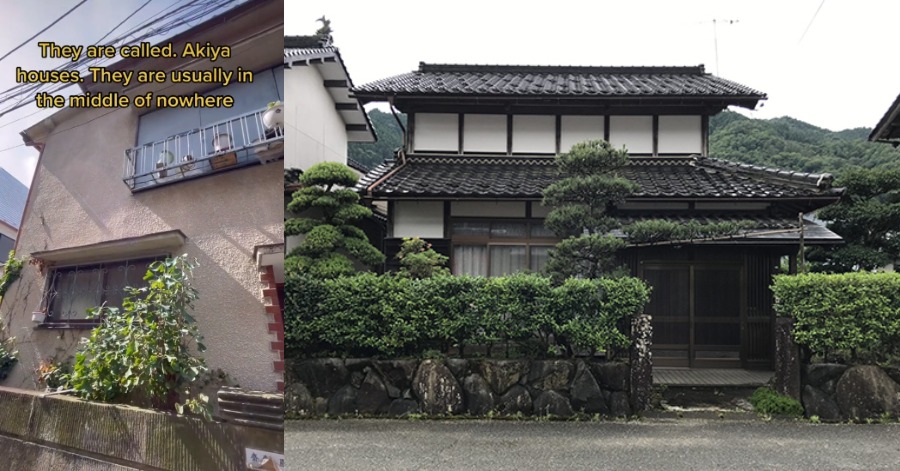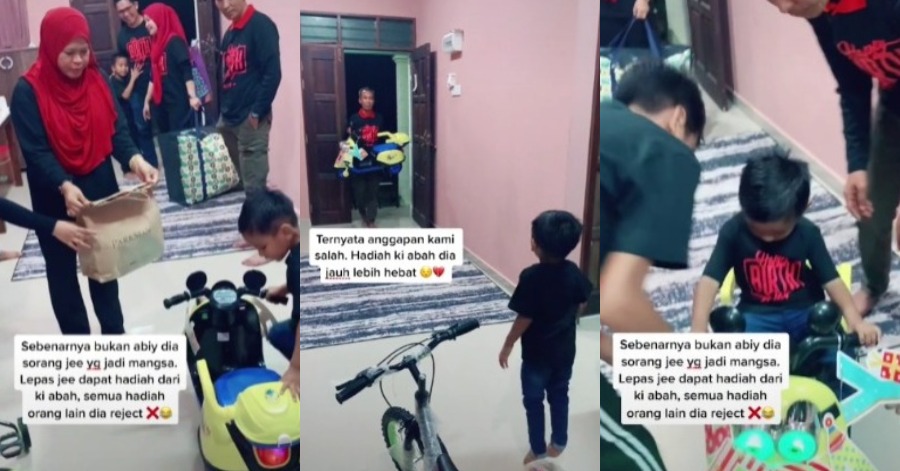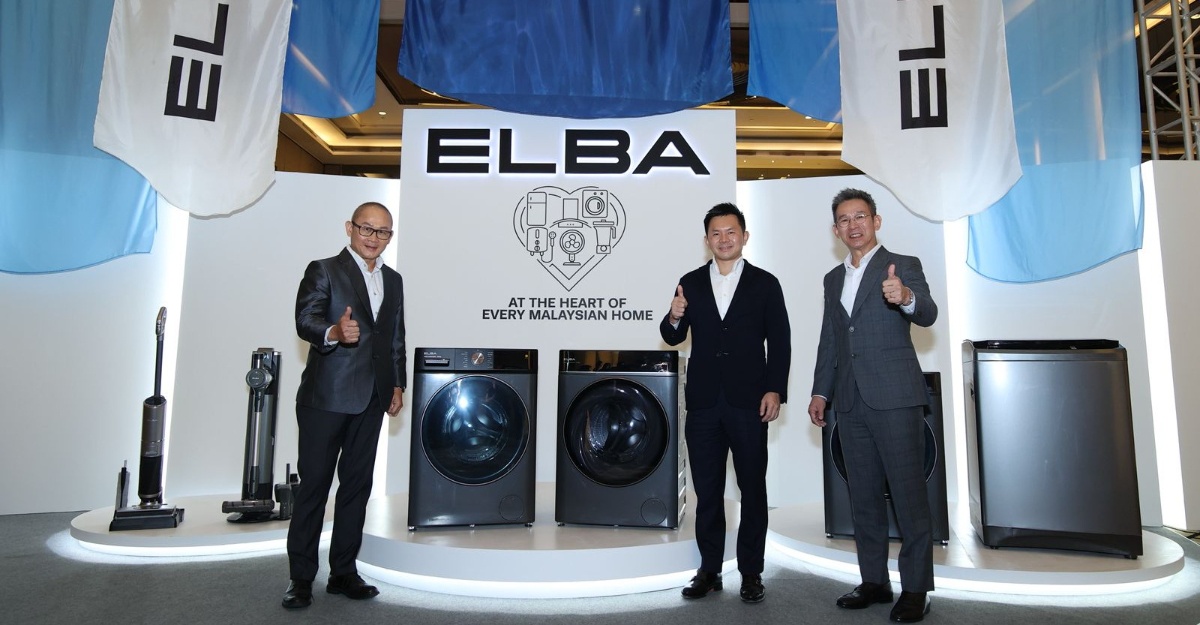Akiya generally means ’empty house’. What it really means is an empty house in a small town that is possible in the middle of nowhere that no one wants to move into and which real estate agents have basically given up on trying to sell. Akiya are both a symptom of Japan’s rapidly falling population and of the overwhelming preference of Japanese home buyers for newly built houses over older buildings.
When seniors move to smaller houses or care facilities or pass away, there are no younger generations around to move into their big, old houses and keep small towns going. In addition, some akiya may be stigmatized properties. With the ‘population problem’, as it is referred to within Japan, the number of akiya is set to explode with projections of a fall of Japan’s population from the current 126 million to 88 million by the year of 2065.
@dandanjapanttThis house in japan has been abandoned more than 10years… #japan #japanese #japon #japantiktok #japanthings #realestateinvesting #realeatate
Akiya are often quite large. Do not expect real space though. An examination of the floor plans shows that most rooms like the one in old Japanese houses conform to the 4 1/2 to 6 tatami mat standard, usually with one larger room of 8 to 10 mats. The kitchens in particular can most generously be described as rudimentary. For toilets, you might need to squat.
These houses are often old, unwanted and have sometimes been left empty for an extended period of time. So straight off the bat, making your akiya livable may require an investment to bring the house up to scratch. Depending on the age and construction method of the house, repairs could run into millions of yen. If your plan is to bring the house up to a modern standard with things like insulation, soundproofing, and new wiring, then you can add another zero to that cost.
Sources: TikTok Japan Dan! Dan!, AkiyaInaka.









Leave a Comment